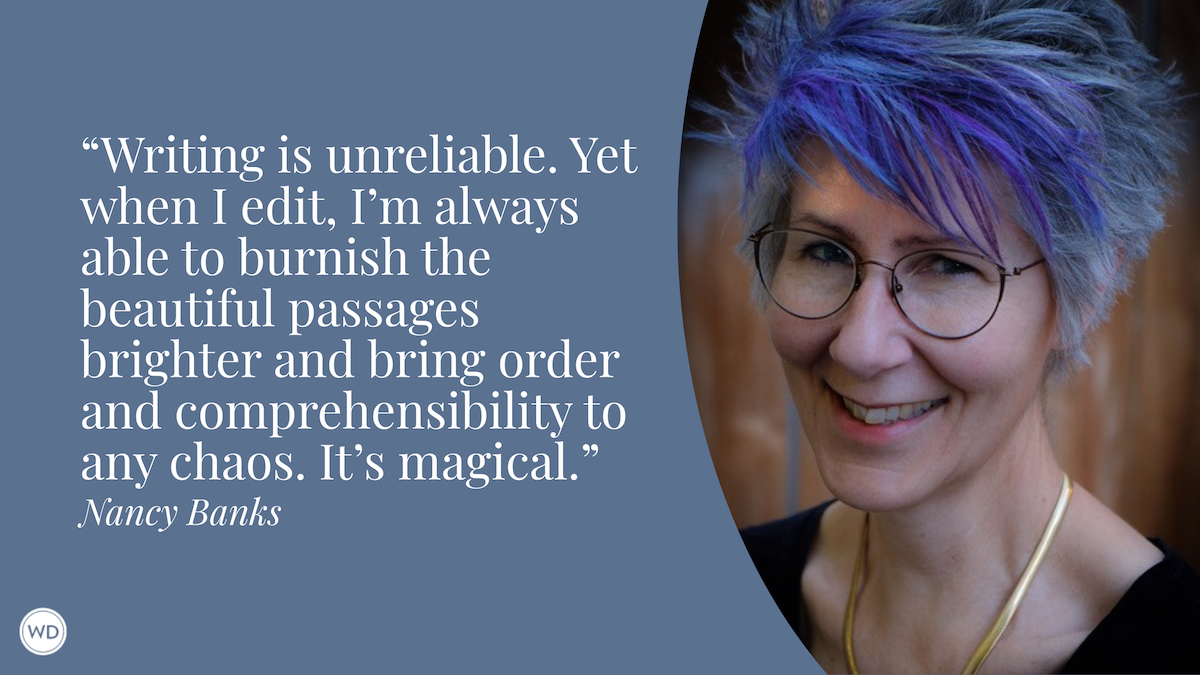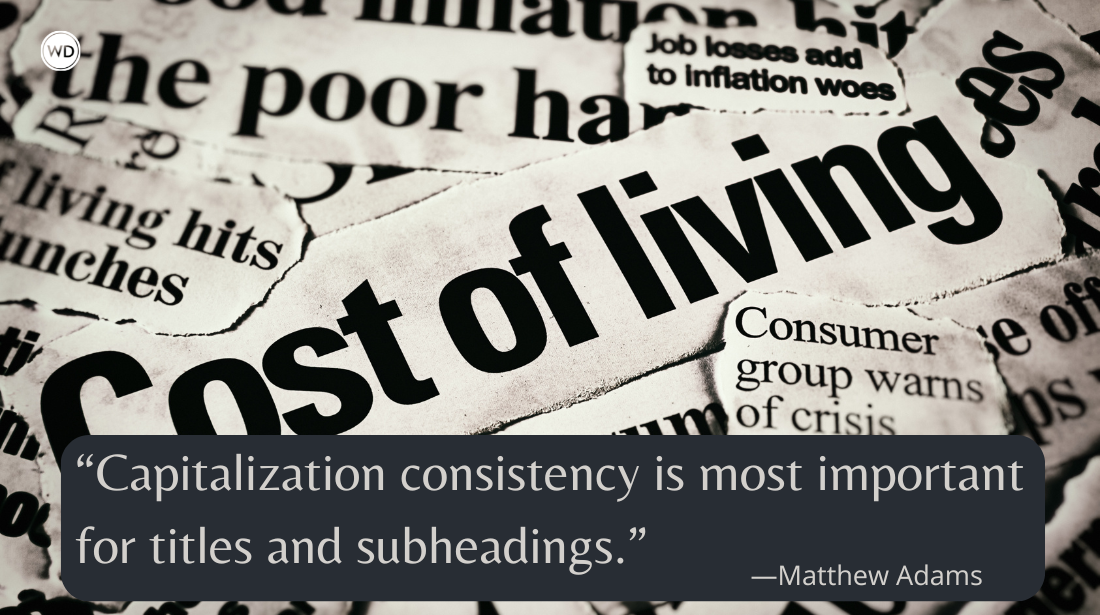4 Top Tips for Writers Wanting to Reimagine Classic Myths and Legends
Author Sam Davey shares her top four tips for writers wanting to retell or reimagine classic myths and legends.
Myths and legends are humanity’s oldest stories. They provide a narrative that explains how the world works, giving us a cast-list of often super-human individuals whose deeds and actions frequently become touchstones by which we measure our own morality. These stories are often then used to highlight the dangers of certain behaviors, or to reinforce those that we wish to instill—think of Icarus, whose story is still cited today as a powerful warning against over-weening pride.
Frequently originating in the oral tradition, the retelling of these ancient tales has always fascinated authors—and none more so than the stories of Camelot and King Arthur. Writers as diverse as John Steinbeck, Kate Mosse, J.R.R. Tolkien, Meg Cabot, and Bernard Cornwell have all found inspiration in these centuries-old stories that themselves have their roots in a fusion of ancient Celtic folk tales, Graeco-Roman legends, and early British socio-political histories.
What Appealed to Me About the Arthurian Legends
The fact that they have a semi-historical setting—taking place within the so-called “Dark Ages” where even today very little is known about the actual history of Britain, gives an added frisson of possibility, which I think enhances their enduring appeal and explains why, to this day, people are still seeking the Holy Grail.
I have always been fascinated by these stories, but as I have come to know them more intimately, I have become far less interested in the quests and the sorcery, and much more intrigued by the characters that sit at their heart—and with one in particular—Igraine, the mother of Arthur and his two half-siblings Morgan Le Fay and Morgause, Queen of Orkney.
I have become more and more convinced that to understand both the beauty and the tragedy of Camelot, you need to understand the origins of the stories—and for me, these do not begin with a callow youth plucking a sword from a stone, but with a much darker tale of murder and deception, at the heart of which is Uther Pendragon’s rape of Igraine, resulting in both the conception of Arthur and a blood-feud as dark and powerful as any Greek Tragedy.
When I decided that I wanted to retell the stories of Camelot—beginning with the story of Igraine—I immediately realized that choosing to retell an ancient and familiar story provides both challenges and opportunities to a writer. On the one hand, there is a narrative framework which provides you with a welcome structure to work with, but on the other, there are constraints placed upon you because of the established characters and storylines.
An added complication within the Arthurian canon is that there have been many versions of the stories—some of them hundreds of years old—and these versions are frequently inconsistent. I turned this to my advantage by deciding that this gave me the freedom to determine which version was more in sympathy with the story I wanted to tell—whilst still remaining true to my source material.
4 Tips for Retelling Classic Myths and Legends
This approach has also helped me to come up with my top tips for other writers who may also want to retell or reimagine ancient stories taken from myths and legends:
- Do your research—Understand the different versions of the story, note down where the differences lie, and think through how these differences impact both your characters and your plot. For example, in some renditions, Igraine dies on giving birth to Arthur, in others she lives on to marry Uther Pendragon and have more children with him, whilst in yet more versions, she is transported by Merlin to the enchanted castle of Carbonek, where she will ultimately be reunited with both Arthur and her daughter Morgan le Fay.
- Plot your story—Yes, you have a framework to work with, but you also have the freedom to decide which elements of the story are important to you, to build your own narrative so it tells the tale in the way you want to tell it. For example, I decided to create a “behind-the-scenes” focus on the machinations of Merlin and Vivian, who I have portrayed as puppet-masters, responsible for so much of what happens in The Chosen Queen.
- Get under the skin of your characters—Who are they? What motivates them? How do they feel about each other? Particularly if you are working with established protagonists within a classic story, you need to have considered exactly why they behave as they do. For example, I decided to make my Merlin more a political than religious adviser to Uther Pendragon, with his primary motivation being the unification and security of the Realm, for which he was prepared to do almost anything—including engineering a civil war and aiding and abetting in the deception, rape, and imprisonment of Igraine, a woman he had known since early childhood, and for whom he actually harbors an underlying affection.
- Be clear about perspective and “twist”—Whose story are you telling? What is their point of view, and what is unique about the version of the tale that you have chosen to tell? I have never read another book in which Igraine is centerstage, in most narratives she is mentioned almost as an afterthought. My intention in writing The Chosen Queen was to redress that balance. I spent many hours mulling on her thoughts, behaviors, and responses, making sure I was seeing each scene from her perspective. This was the primary reason I chose to write the story in the first person, so her voice is being heard throughout.
These are my top four tips for anyone wishing to retell/reimagine an established story, myth or legend, and as with all such suggestions for writers, these can never be more than pointers. There is neither a right or wrong way to write a book, but I hope that sharing my own experiences and learning may help you in your endeavors!
Check out Sam Davey's The Chosen Queen here:
(WD uses affiliate links)









